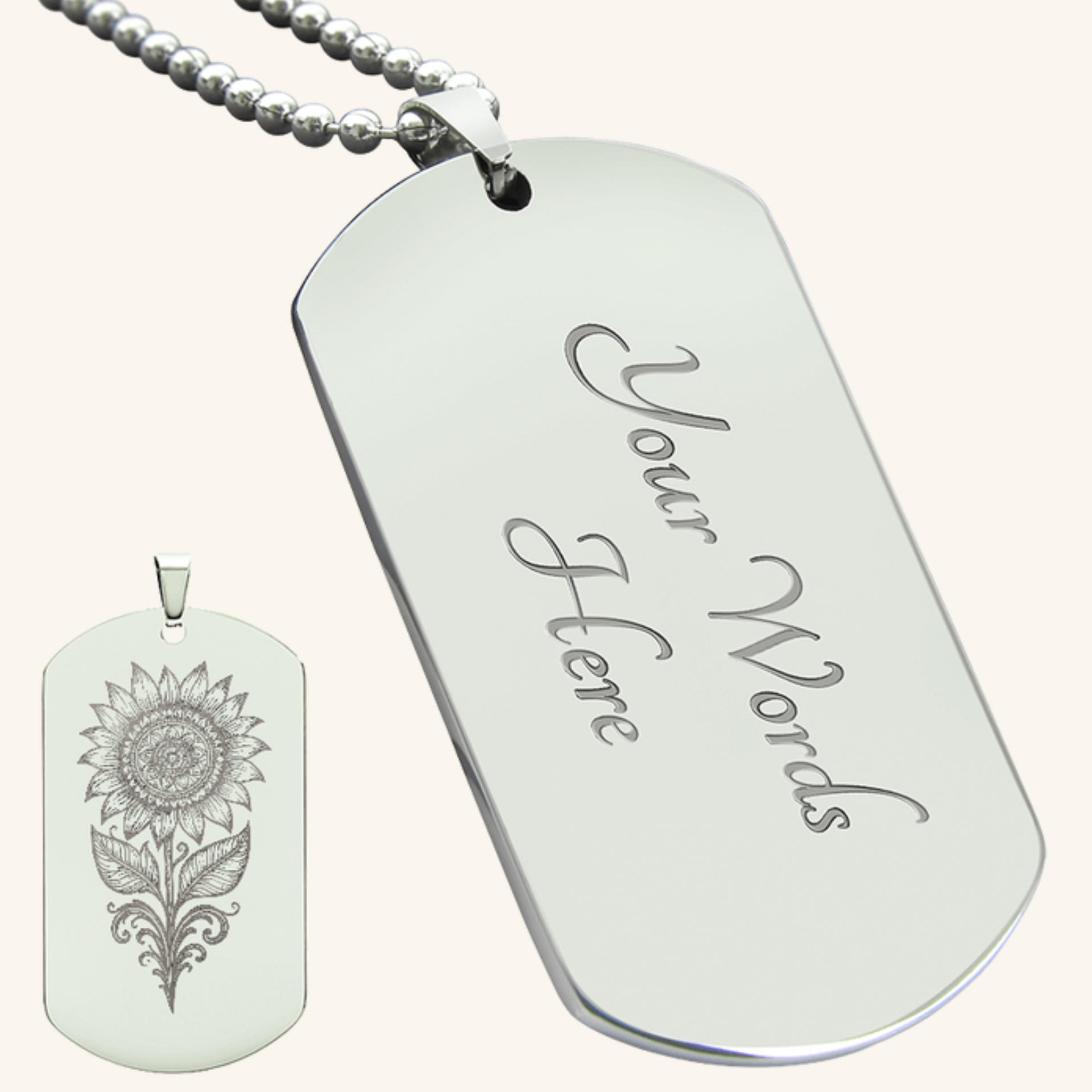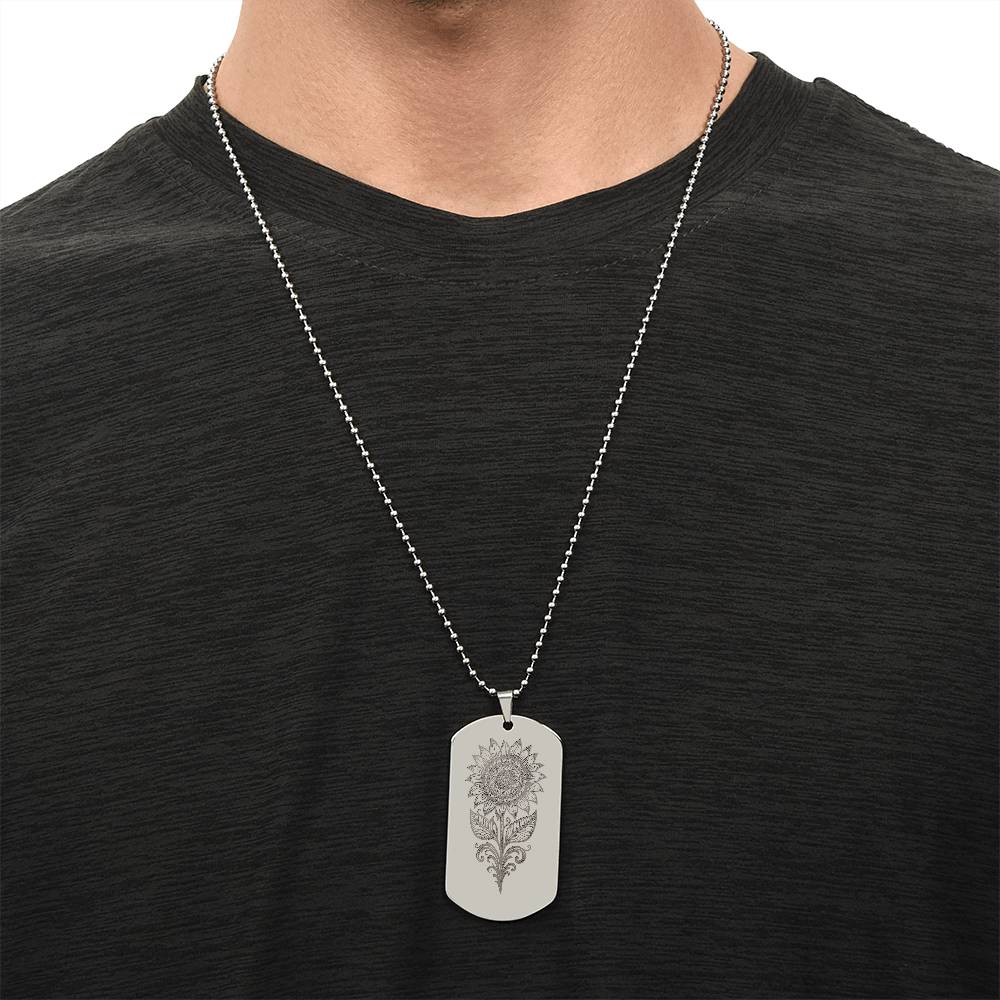Ball Pits Guide: Therapeutic Benefits, Best Practices, Safety & More

Written by HeyASD.com Team
Ball pits have been a popular attraction for children and adults alike for decades. They provide a unique sensory experience and encourage physical activity and social interaction, and can also be used as a therapy tool for individuals with sensory sensitivities including Autism Spectrum Disorder (ASD).
In this article, we will explore different types of ball pits, where to find them, best practices for playing in a ball pit, fun games to play, rentals for events, how to use ball pits as a therapy tool, and much more.
What is a ball pit?
A ball pit is a play area typically found in amusement parks, indoor playgrounds, or other recreational settings. It is typically filled with small, lightweight plastic balls and is designed for children to play and explore. Ball pits can vary in size, shape, and design, but are generally made up of a shallow pit or container filled with a large number of colorful balls, usually in bright colors like red, blue, yellow, and green.
The balls in a ball pit are typically made of plastic, and can range in size from small to large. Some ball pits may also have additional features, such as slides or other climbing structures, to create a more interactive play experience.
Ball pits are a popular attraction for children, as they offer a unique and exciting play experience. Children can jump, dive, and swim through the balls, which can help promote physical activity, sensory exploration, and imaginative play. While ball pits are primarily designed for children, they can also be enjoyed by adults for both entertainment and as a therapy tool.
History of ball pits
The origins of ball pits can be traced back to the 1950s when they were first introduced in amusement parks and arcades. The popularity of ball pits grew in the 1980s and 1990s when they became a staple in fast-food restaurants such as McDonald's and Chuck E. Cheese's.

Benefits of playing in a ball pit
Playing in a ball pit has several benefits, including sensory stimulation, physical activity, and social interaction.
Here are some of the key benefits of ball pits:
- Sensory stimulation: Ball pits provide a unique and stimulating sensory experience. The sensation of the balls around you can help improve sensory processing and regulation, which can be beneficial for individuals with sensory processing disorders.
- Physical activity: Playing in a ball pit can be a great way to get some exercise and promote physical activity. Crawling, jumping, and tossing the balls can help improve coordination, balance, and gross motor skills.
- Social interaction: Ball pits are a fun and engaging way to promote social interaction and communication skills. Playing in a group can help develop cooperation, turn-taking, and sharing.
- Stress relief: The tactile sensation of playing in a ball pit can be a great stress-reliever. The soft and squishy balls can provide a comforting and calming effect, which can be especially beneficial for individuals with anxiety or sensory overload.
- Imagination and creativity: Ball pits can also be a great tool for imaginative and creative play. Children can use the balls to create different scenarios and games, which can help develop problem-solving and critical thinking skills.
Overall, playing in a ball pit can be a fun and beneficial activity for people of all ages.
Different types of ball pits
There are several different types of ball pits available, each designed for a specific purpose or age group. Some ball pits are designed for outdoor use and can be found in parks or playgrounds. These types of ball pits are typically larger and feature more durable materials such as inflatable vinyl.
Indoor ball pits, on the other hand, are ideal for indoor play and can be found in various designs, including castle-shaped or animal-themed. Additionally, some ball pits are designed for specific age ranges, such as toddler-sized ball pits with smaller balls.
Individuals with sensory sensitivities may even consider a ball pt as part of their sensory room.
Where to find ball pits
Ball pits can be found in various locations, including indoor playgrounds, family entertainment centers, and amusement parks. Some fast-food chains and restaurants also have ball pits as a feature. For those who prefer a more private experience, ball pits can be purchased for home use online or in toy stores.
Best practices for playing in a ball pit
When playing in a ball pit, it's important to follow best practices to ensure safety and prevent injury. Here are some of the key best practices for playing in a ball pit:
-
Supervision: Children should always be supervised when playing in a ball pit. An adult should be present to ensure safe play and prevent any potential accidents.
-
No jumping or diving: Jumping or diving into a ball pit can be dangerous and increase the risk of injury. Encourage children to crawl, walk or gently lower themselves into the ball pit.
-
No throwing balls: Throwing balls can also increase the risk of injury, both to other players and to the balls themselves. Encourage children to gently toss or roll the balls.
-
No rough play: Rough play or pushing can lead to accidents and injuries. Encourage children to play gently and cooperatively.
-
Hygiene: Ball pits can be a breeding ground for germs and bacteria, so it's important to practice good hygiene. Encourage children to wash their hands before and after playing in the ball pit, and ensure the balls are regularly cleaned and sanitized.
By following these best practices, you can help ensure a safe and enjoyable play experience in a ball pit.
Fun games to play in a ball pit
Playing games in a ball pit can be a fun and exciting activity for both children and adults. Here are some ideas for games to play in a ball pit:
-
Treasure hunt: Hide small toys or objects in the ball pit and have children search for them.
-
Color sorting: Use different colored balls and have children sort them by color.
-
Basketball: Set up a small basketball hoop and have children shoot the balls into the hoop.
-
Tag: Play a game of tag, but instead of running on the ground, players must crawl, jump, and navigate through the ball pit.
-
Simon Says: Play a game of Simon Says using movements and actions that involve the ball pit, such as "Simon Says crawl through the balls" or "Simon Says toss the balls in the air."
-
Ball pit ball game: Divide players into two teams and see who can get the most balls from one side of the ball pit to the other.
-
Marco Polo: Play a game of Marco Polo, but instead of swimming in a pool, players navigate through the ball pit and call out "Marco" while others respond with "Polo."
These games can be adapted to fit different ages and skill levels, making them a great option for a variety of play settings.
Ball pit rentals for events
Ball pits can be rented for various events, including birthday parties, corporate events, and festivals. Rental companies can provide various sizes and shapes of ball pits, along with additional features such as inflatable slides or ball cannons.
Ball pits as a stress reliever
Ball pits are not just for kids. Adults can also benefit from the stress-relieving properties of playing in a ball pit. It provides a fun and relaxing environment to let loose and forget about the stresses of everyday life.
Ball pits as therapy tools
Ball pits are commonly used as a therapy tool for individuals with sensory sensitivities, including those with autism spectrum disorder, attention deficit hyperactivity disorder, and cerebral palsy.
Ball pits are not only a fun and engaging play space but can also be considered a therapy tool for children and adults with various sensory, physical, and emotional needs. Here are some ways ball pits can be used in therapy:
-
Sensory integration therapy: Ball pits provide a sensory-rich environment that can help children with sensory processing disorders develop their sensory integration skills. Children can explore different textures, colors, and shapes, which can help them develop their tactile and proprioceptive senses.
-
Occupational therapy: Occupational therapists can use ball pits to help clients develop fine and gross motor skills. Ball pits can be used to strengthen muscles, improve balance and coordination, and develop spatial awareness.
-
Physical therapy: Ball pits can be used to help individuals recover from injuries, surgeries, or conditions that affect their mobility. The soft and cushioned environment of the ball pit can reduce impact and provide a safe space for individuals to practice movements and exercises.
-
Play therapy: Ball pits can be used as a therapeutic tool for individuals with emotional or behavioral needs. The unstructured play environment of the ball pit can promote creativity, imagination, and self-expression, while also providing a safe and comforting space to explore emotions and build social skills.
Overall, ball pits offer a versatile and engaging therapy tool that can be tailored to fit a wide range of needs and goals. From sensory integration to emotional regulation, ball pits can provide a fun and effective therapy experience.
Playing in a ball pit can improve sensory processing and regulation, promote physical activity and coordination, and enhance social skills and communication.
Cleaning and maintaining a ball pit
To ensure a safe and hygienic play environment, ball pits should be regularly cleaned and maintained. This includes cleaning the balls themselves, vacuuming or wiping down the pit's surface, and replacing any damaged balls or materials.
Safety considerations
While ball pits can be a fun and safe play environment, there are some safety considerations to keep in mind. These include ensuring proper supervision, following best practices for play, and checking for any hazards or damaged materials before use.
Conclusion
In conclusion, ball pits are a fun and engaging way to promote sensory stimulation, physical activity, and social interaction for both children and adults.
With various types, locations, and games to play, ball pits offer a unique and memorable experience for everyone, and assist with managing sensory sensitivities for individuals with Autism Spectrum Disorder (ASD).
FAQs
-
Are ball pits safe for children? Ball pits can be a safe play environment if proper supervision and best practices are followed. Please seek medical advice from your healthcare professional.
-
Can adults play in ball pits? Yes, ball pits are not just for kids. Adults can also enjoy the stress-relieving properties of playing in a ball pit.
-
Where can I find ball pits for home use? Ball pits for home use can be found online or in toy stores.
-
How often should a ball pit be cleaned? Ball pits should be regularly cleaned and maintained to ensure a safe and hygienic play environment. The frequency of cleaning will depend on usage and other factors.
-
Can ball pits be used as a therapy tool? Yes, ball pits are commonly used as a therapy tool for children with sensory disabilities, including those with autism spectrum disorder, attention deficit hyperactivity disorder, and cerebral palsy.
On This Page
Frequently asked questions
How can ball pits support sensory integration for autistic individuals?
What are some safe ways to enjoy a ball pit for children with sensory sensitivities?
How do ball pits help with stress relief and emotional regulation?
What should I look for when choosing a sensory-friendly play area with a ball pit?
Are there autism-aware products like calming blankets or sensory tools that complement ball pit therapy?
How can ball pits be incorporated into disability support activities at home or school?
What are the best practices for cleaning and maintaining a ball pit to keep it safe and hygienic?
Can autistic adults benefit from playing in ball pits, and how?
How might Autism-themed decor or sensory-friendly t-shirts enhance a therapeutic play space with a ball pit?

About the HeyASD.com Team
Autistic‑owned • Values‑led • Sensory‑friendly design
We are autistic creators, writers, and advocates dedicated to producing resources that are practical, sensory-aware, and grounded in lived experience. Our mission is to make information and products that support the autistic community accessible to everyone, without jargon or condescension. Learn more about our team.
This article is written from lived autistic experience and an evidence-aware perspective. It is for general informational purposes only and should not be taken as medical, legal or therapeutic advice.
Always consult a qualified clinician or occupational therapist for individual needs and circumstances.

About Our ASD Blog
HeyASD is more than a store, it’s a calm, supportive space for autistic adults and the people who care about them. Explore identity-affirming stories, sensory regulation tools, and uplifting resources from our community.
Thank you for reading. We hope these resources bring comfort and clarity.









































